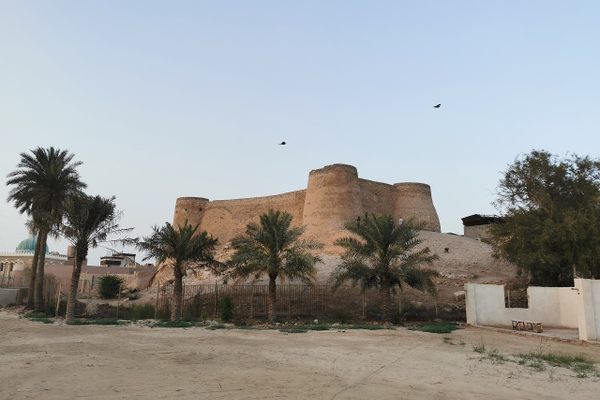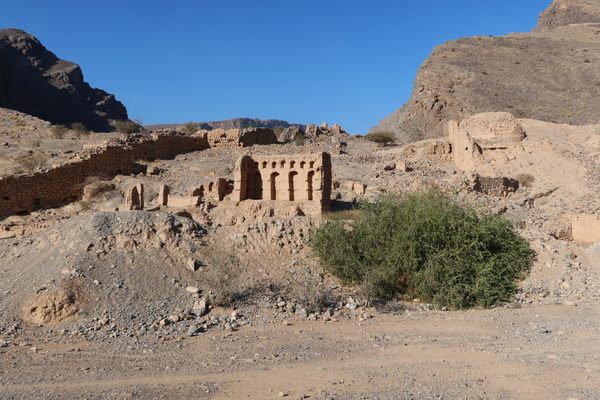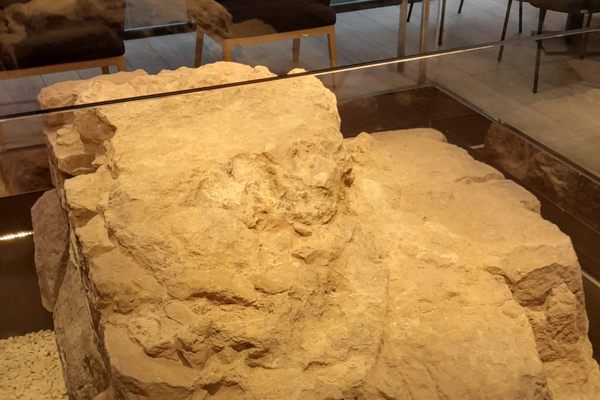Walking from the center of Rome, Via Appia, or the Appian Way seems like another small ruin, lined with cafes and restaurants looking to take the tourist dollar. In reality, it is one of the longest and oldest roads built by the Roman empire and neatly encapsulates much of the great history of Rome.
Above ground, the Appian Way is one of the marvels of the Roman Empire. Stretching 560 kilometers from Rome to Brindisi, Via Appia was built in 312 B.C.E, and conceived and named for the wealthy and politically powerful Appius Claudius Caecus. Originally, the road was meant to bring armies and supplies across the empire, but its use expanded quickly after its construction.
In the Roman tradition, bodies may not be buried in the city. Instead, tombs are built on the outskirts, and many wealthy Romans were buried right alongside the Via Appia. Today, many ostentatious and stunning tombs exist just off the road. Besides the sites along the way, the road itself is a stunning work. Perfectly cobbled and fitted with stones, the road exists as it did 2300 years ago, and the stones are allegedly so fitted, a knife must be used to pry them apart.
After Christianity took hold in Rome, the road took on a new life as well. Catacombs were built beneath much of the road, and bodies given Christian burials were placed in them. According to legend, St. Peter also met Jesus along the road while he was fleeing Rome. Amazingly, the road has remained true to form after all its years. Part of the road in Rome is now a park, but the majority of the Via Appia can still be walked.
Community Contributors
Added by
Edited by
The Atlas Obscura Podcast is Back!





























Follow us on Twitter to get the latest on the world's hidden wonders.
Like us on Facebook to get the latest on the world's hidden wonders.
Follow us on Twitter Like us on Facebook